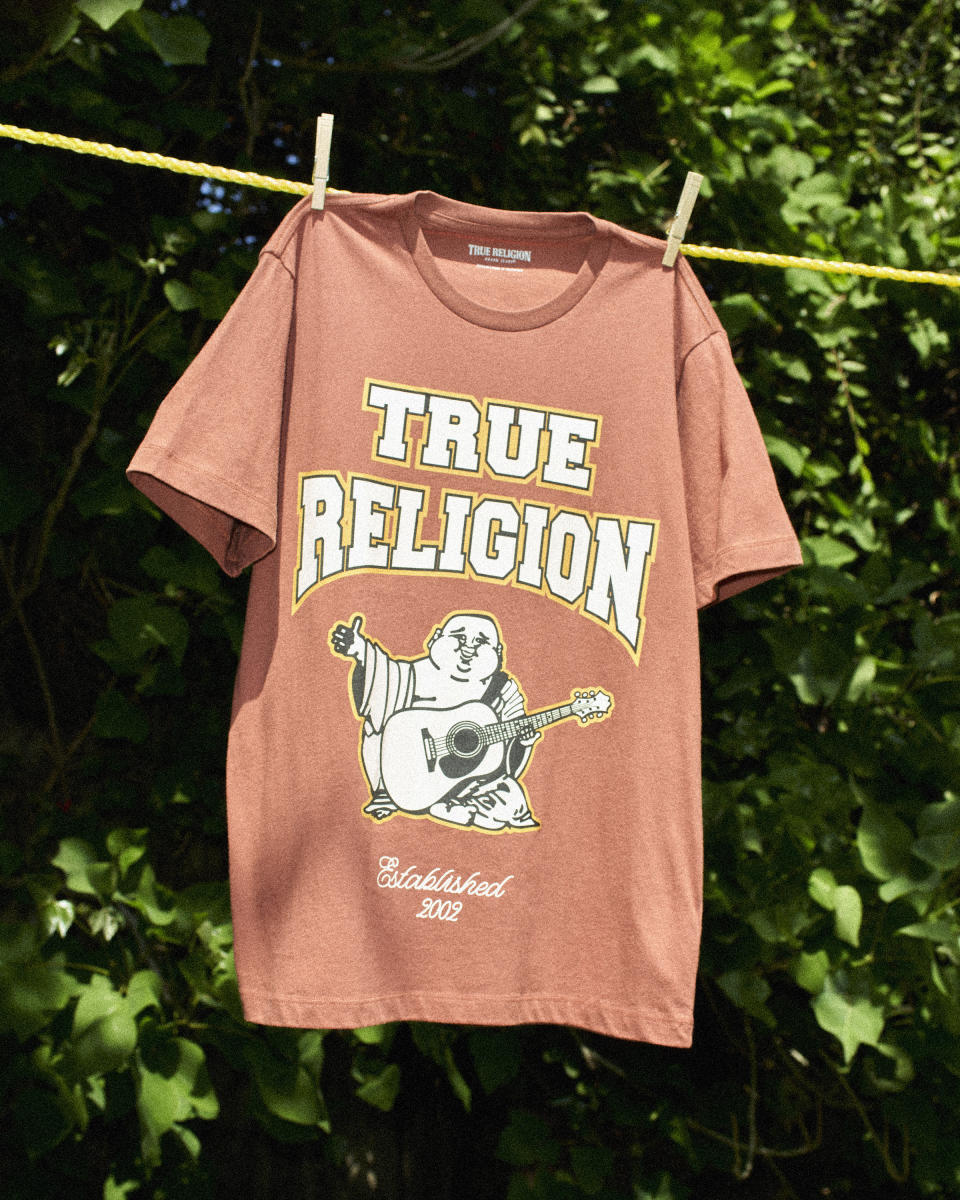CEO Michael Buckley on True Religion’s Past, Present and Future
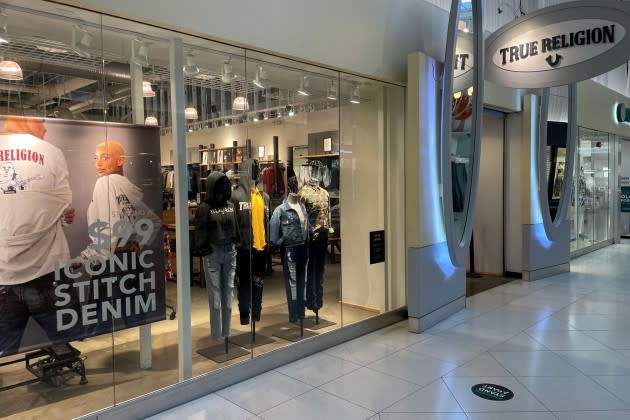
Michael Buckley, chief executive officer of True Religion, is on his second tour of duty at the denim-based brand and knows better than anyone its history of highs and lows.
The company was founded in 2002 and became a fashion powerhouse popular around the world with its heavily embroidered jeans, signature stitching and emblem of a smiling Buddha strumming a guitar.
More from WWD
The company eventually went public, turned private, survived two bankruptcies less than three years apart and has undergone sweeping changes in management, sourcing and pricing, a downsizing of the store fleet, and a broadening of the offering and customer base. It’s also changed ownership through its bankruptcies, exiting the second in October 2020 through a debt for equity settlement with lenders, including Farmstead Capital Management and Crystal Financial, receiving 88 percent of the equity. The current ownership is believed to have since changed, though the company declines to spell it out.
Now True Religion is positioned far differently from its launch 20 years ago, and according to CEO Buckley, it’s in a better place, casting a wider net.
“We’ve been around for 20 years. That’s not 120 years, but in the apparel business, it’s a pretty long period of time,” Buckley told WWD. “I’ve seen a lot of brands come and go over my 35-year career. They weren’t properly managed. True Religion has always meant status to people. Even for the lower-income consumer wearing True Religion today, at $59, $69 or $99, it’s still status. It’s not $159 or $199 like it used to be but it’s still status for this consumer.” At one time, True Religion sold jeans priced as high as $465.
Buckley rejoined True Religion in November 2019 as CEO after serving as CEO of Differential Brands Group (renamed Centric Brands) and earlier serving as True Religion’s president from 2006 to 2010. He leads a team of 120 workers at the True Religion corporate offices in New York, Los Angeles and London, plus an additional 250 to 300 workers at stores and the warehouse.
Rather than a denim expert, merchant or fashion executive, Buckley considers himself “a business person,” adding, “I come in and strategize to take this business from X to X times three. I’ve always been an investor in businesses over the last 20 years, but I think I am a merchant operator. We have to have the right design people to get it done and it’s about making sure we are relevant in every classification, with our own point of view. But I am a strong operator and I think I’ve demonstrated that over different positions in my career.”
In the following Q&A, Buckley discusses how the brand has changed, what makes it distinctive and what’s in the works to grow the business. The lesson learned here is that the key to longevity in the fashion business is to evolve, as demographics, lifestyles and the competitive landscape change. That’s true even with denim, a mainstay in casual wardrobing that never runs out of style.
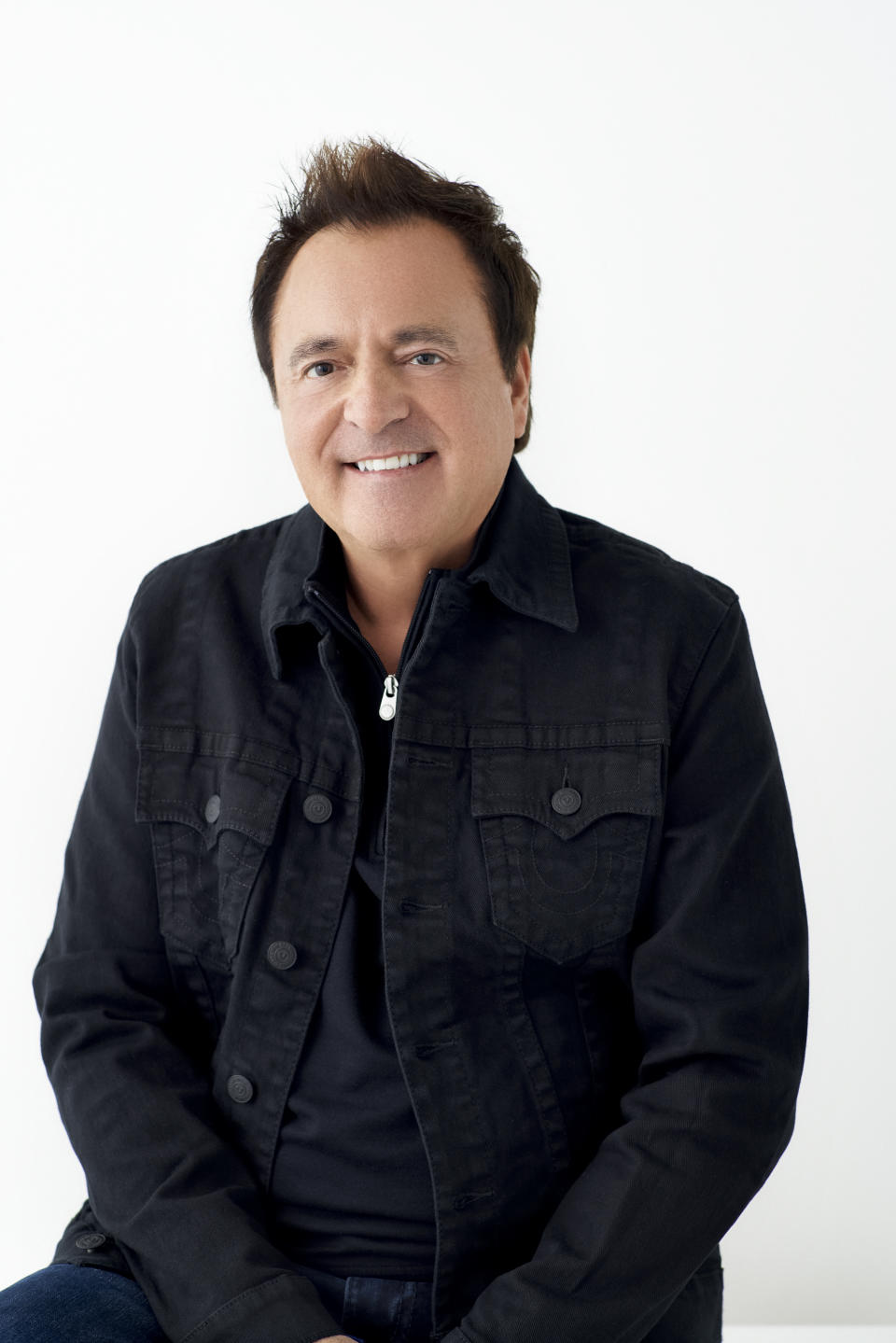
WWD: With True Religion’s brand positioning, talk about the before and after.
Michael Buckley: The brand has obviously changed over the years. I was here from 2006 to 2010, the heyday of the brand. We took it from $100 million to $350 million plus. We opened 100 retail stores. I ran this when it was absolutely a different brand. We were going after a $200,000 average household income customer, paying $250 to some $300 for a pair of jeans. It was a different time for the brand.
When I came back here, I saw how the brand changed dramatically. I really knew that the brand still had just tremendous cache with the audience. But you have to know your customer and the customer evolved here, call it from [Nov. 12, 2010] to present. I saw that, and unfortunately other people at the helm did not see that. The strategy needed to change. The sourcing needed to change. The retail footprint needed to change. The wholesale business needed to change. Nothing changed. They just kept doing the same thing over and over again.
I knew the audience was very different from what we had years ago. So we built a product we knew this customer wanted. We changed our supply chain. We focused on building the e-commerce business. We continued to fine tune the retail store footprint, and continued to rebuild the wholesale business.
The brand has evolved. It’s not the Neiman’s or Saks customer of years ago. It’s men and women, ages 15 to 60, African American, Latino, Asian, white — all races. It’s a much bigger audience. Based on research we’ve done, it’s lower incomes today, with an average household income of about $65,000. Quite honestly, that’s the American average. But it’s 150 million strong in that demographic.
WWD: How many consumers are buying True Religion?
M.B.: We have 4 million-plus in our database, which is much larger than it’s ever been. It’s grown every year. This year we will sell somewhere between 8 million and 9 million garments. That’s triple what it was when I was here in 2010. Clearly, there are more consumers that are able to access the brand today, based on the price point we sell goods at and the fact that half of my business is jeans, the other half is T-shirts, hoodies, joggers, baseball caps, woven shirts.
WWD: When dropping prices, did the quality diminish as well?
M.B.: No. It was really just a matter of working with new suppliers and making the fabric feel like the fabric we used years ago and being able to mass produce it at a cost that fits into our structure.
WWD: Would you want at least part of the business conducted with the luxury retailers again?
M.B.: We do some halo product, and we would love to go back to Neiman’s and Saks. It is something that is on our radar. We did the collaboration with Supreme last year, which really helped elevate the stature [of True Religion]. It was hoodies, jackets, caps. There were a couple of styles of bottoms. We have other collaborations coming up. We’ve done a number of collaborations with artists like Blu Boy, rapper Chief Keef [who did an anniversary line for True Religion]. Those things are very important for us. They resonate well with this consumer.
WWD: Who do you consider the competition nowadays?
M.B.: We compete with Levi’s, Guess, the Fashion Novas. We are better [priced]. We don’t consider our competition the “premium” denim brands like Seven For All Mankind, AG Jeans, Joe’s Jeans. We have a different consumer completely. We know our customer buys Nike and other logo-driven brands and we feel good about that because there is a much bigger audience that the brand caters to today and we also know that with lower incomes they want to buy a brand at a price point where we have been able to engineer the product to. We still work under very good, profitable margins. Our denim MSRPs are $149 and the out-the-door retail is $59 to $99 on most jeans. That’s probably 90 percent of our jeans business and the super T, that very big stitch jean that we’re famous for, sells mainly for $120 to $150, which is still expensive but that’s only 10 percent of our jeans business.
WWD: You have mentioned the company is striving to reach $500 million in sales, doubling the current $250 million. What’s the time frame on that, and how will you grow the business?
M.B.: It’s a three- to five-year time frame. The real growth is going to come from number one, e-commerce. Then number two is wholesale, and number three would be from stores. We’ll get growth out of all of them. For our e-commerce, call it circa $100 million in sales [currently], in March we brought in a new leader for that business: Scott McCabe. He brought Columbia from $100 million-plus to over $400 million. We have a team where we continue to add talent and that firmly believes e-commerce could be a $300 million business in the next three or four years. We are going to grow our wholesale business as well. We are in 4,000 doors globally today on the wholesale side. We have 48 True Religion stores today. We are looking to maintain those and potentially add some.
WWD: What other plans for growth are there?
M.B.: We focus, day in and day out, on making sure we have the right product that’s relevant for what’s happening in the world today. As the economy reopened, we have been shifting. We have a pretty large collection, but more of the sales are coming out of categories like polos and wovens — things that you can wear to work that can also be worn when you go out to dinner. Jeans are much more accepted for going to work. Maybe not those with tons of tears on them. Just cleaner denim, black denim.
The reality is the world opened back up, people need fewer joggers, and jeans have come back strong, not just for us, overall. In terms of growth by channel, we have growth strategies for each of our channels. With e-comm, what are we going to do to [capture] more eyeballs, improve conversion and to keep driving that business season after season?
WWD: How is the profitability of the company?
M.B.: We are extremely profitable. The business makes like close to 30 percent EBITDA margins. That is best-in-class among the numbers we have seen. When I ran it as a public company a number of years ago, we had similar profitability. I think we were the number-one most profitable traded company two years in a row, with those type of profit margins.
WWD: How do margins on denim stack up to the other categories?
M.B.: We are pretty strong on all our categories. There is nothing that is particularly higher or lower. We run the business with a certain go-in margin structure and overall, if you look at our margins on T-shirts versus hoodies, joggers or jeans, they are all pretty similar.
WWD: What are you selling best right now?
M.B.: Denim. Eighty percent of my bestsellers are bottoms. They are jeans and shorts.
WWD: How much has inflation affected your prices?
M.B.: We’ve done a good job on the sourcing side, in terms of keeping our product costs down. There is a little bit of product cost increase, like 25 to 50 cents over last year based on freight. Now container costs are back down to like $6,000 out of China. We are seeing things get back to where they were in terms of product costs. And there’s been a little bit of cotton increases, but that’s moved back down. We increased prices a little bit on certain things where we felt we had more in the make and perceived value, but overall nowhere near the 9 percent inflation that’s been reported.
WWD: Have there been dramatic sourcing changes?
M.B.: We changed sourcing dramatically in 2020 when I first got back here. We are constantly looking at it. There are opportunities to continue to work with suppliers and bring costs down. In terms of domestic sourcing, we do some fast chase, so we might find some styles that are in trend and feel we need to have a version of that. That might be 5 percent of the business. But there is no strategy to make jeans here. We do small runs to test product on the website. If it works, then we could really start to produce in bigger quantities but it would be outside the U.S.
WWD: Is denim a constant seller, or is it cyclical?
M.B.: It’s more of a constant. We sold more joggers because of COVID-19 and because of the lockdown, but at the end of the day, denim is a constant. That’s the beauty of having a business like denim where the vast majority of what we sell are core styles that we sell season after season. We may change some washes and some thread colors. We’ll tweak a silhouette. If the boot cut starts to become big, we’ll show more boot cut versus skinny. It changes in terms of silhouettes, but overall people always wear jeans.
WWD: Do denim businesses come and go at a rate like the rest of fashion?
M.B.: No. I would have to say I love the business we are in because it’s not seasonal. The vast majority of our business is jeans and Ts. There is no seasonality to that. I sell it all year long, which is a great place to be. If you are heavily into fashion, you could be in trouble. Our inventory doesn’t age. We selling some of the same styles for literally 15 or 17 years. The fits change a little, so you tweak that. The jeans or the jeans/casual business doesn’t have the fashion risk that a lot of other real fashion-type brands have. Look at Levi’s. It’s been in business about 170 years. (Levi Strauss & Co. began in 1853.)
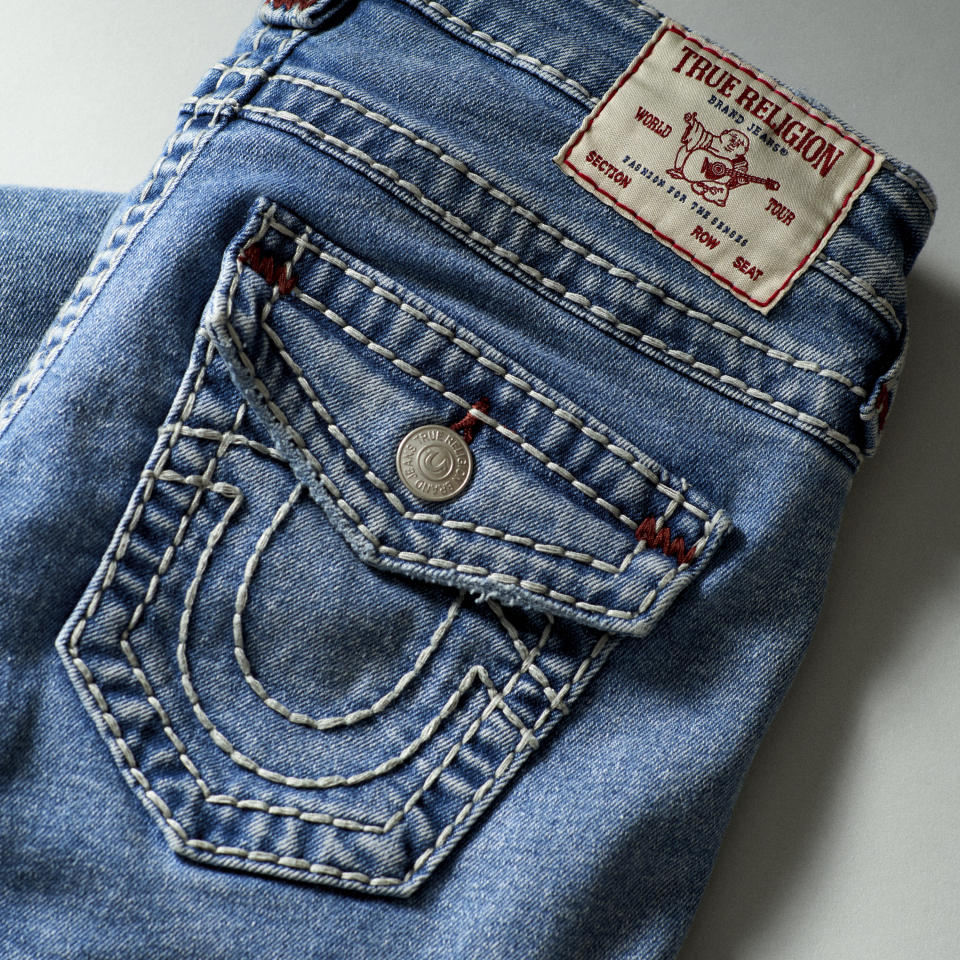
WWD: Are there many categories the company could get into going forward?
M.B.: We are selective about what we do. It has to be the right thing. We are not going to license out outerwear or any apparel category, where we have very strong competency. But accessories, home and other categories, we would. We are not in home. We are looking into it.
We have eight or 10 categories under license. We go to someone like Capelli to do the accessories. They design the product, we approve it, and they ship it to our distribution channel. On the wholesale side, we buy it for our own d-to-c. We don’t want to be in the eyewear business, or the footwear business or in accessories, underwear or socks by ourselves. We’d rather worked with experts in those areas and let them sell the products to our d-to-c as well as selling mainly to the wholesale channels.
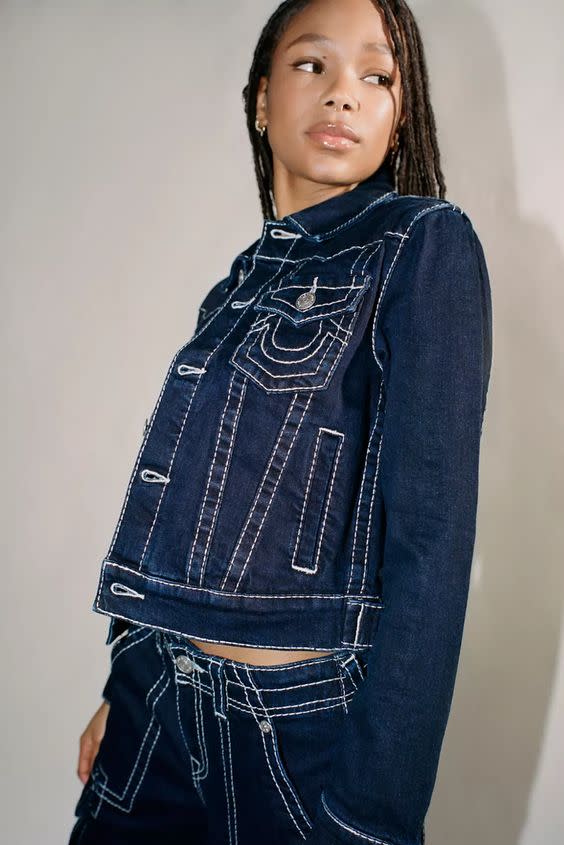
WWD: In July, you hired Sandip Grewal as chief financial/chief operating officer, a new role. Did you not have people in those positions before?
M.B.: We didn’t have a chief operating officer role. Since I am a strong operator, I had some of those functions reporting into me. At the end of the day, we want to continue to grow this business, and by having somebody who takes some of those responsibilities off my plate, I could focus more on the merchant side, building product and other areas of growth for the business, and help us get to the next level. Sandip has obviously grown a number of different businesses. He has been involved in tough retail times, as we are in today and as we were in 2008. He’s also done acquisitions. He has worked with financial sponsors, and we are owned by a financial sponsor. He’s the sort of person I needed to help us on that side of the business to get to the next level. It’s a fresh set of eyeballs. He’s got 30-plus years of experience.
WWD: Any chance of an acquisition?
M.B.: In my past life I ran a platform, Differential Brands, before we acquired Global Brands Group. As long as True Religion is running on all cylinders and our investors have an appetite to potentially buy something, it makes sense where we could help add value and grow that business. But there is no focus today to do acquisitions. As we continue to execute our True Religion growth plans, we might consider that as an option.
WWD: What denim brands do you admire most and why?
M.B.: Diesel invented the $100 jeans market in this country. It was phenomenal how they did and it taught me to have a lot of respect for Diesel. They have had their challenges over the years. But Levi’s is the king. Lee and Wrangler at a lower price point do a good job at the mass level and G-Star has done a great job globally, though it might not be as big in America, but globally it’s a very large business. G-Star has had some very good innovation in terms of their washes and fits. Fashion Nova makes everything. They make jeans. They make every category. They have done an amazing job in terms of fast fashion.
WWD: What’s your view on how retail is performing and the economy?
M.B.: The economy is tough. A lot of big-box guys are slowing down more so than others. The lower income consumer is more pinched by inflation on food and rents, which has not been offset by enough increases in wages. On the luxury side, the rich are still rich but they are 20 to 30 percent less rich if they’ve been investing in equities or quite honestly, any type of investment. Everything has got hit and will probably continue to get hit for a little bit. So the rich are just less rich. If they’ll have to buy fewer Chanel handbags, we’ll find out. People are just being cautious.
WWD: What is the origin of the name True Religion?
M.B.: It comes from the founder of the business, Jeff Lubell, and his philosophy that the only commonalty that everyone has in this world is that everyone wears jeans. It’s the only “true religion.” It’s the belief in denim.
